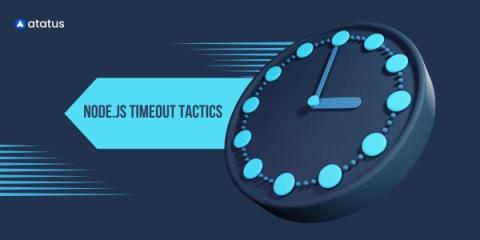Understanding Offset and Cursor-Based Pagination in Node.js
Pagination means dividing a big chunk of data into smaller pages. It unlocks performance benefits for the backend, while also improving UX by sending manageable pieces of data to a client. In this article, we'll explore offset-based and cursor-based server-side pagination approaches, compare them, and implement cursor-based pagination in Node.js. Let's get started!











